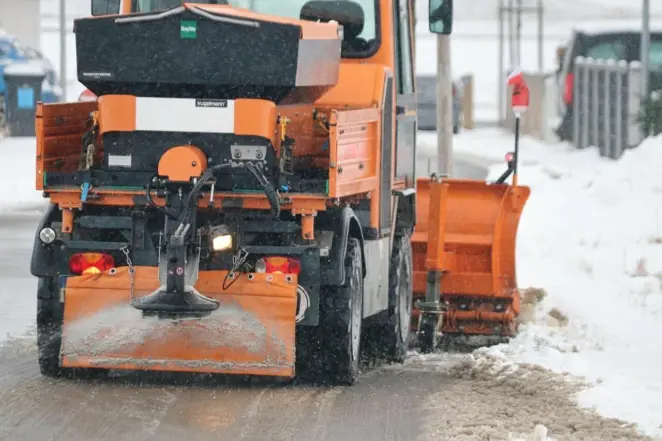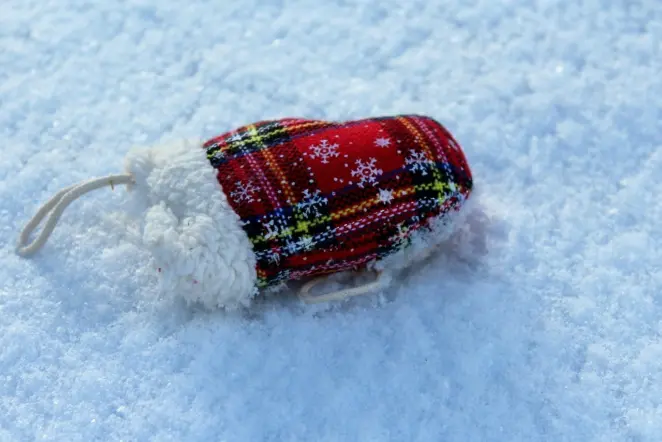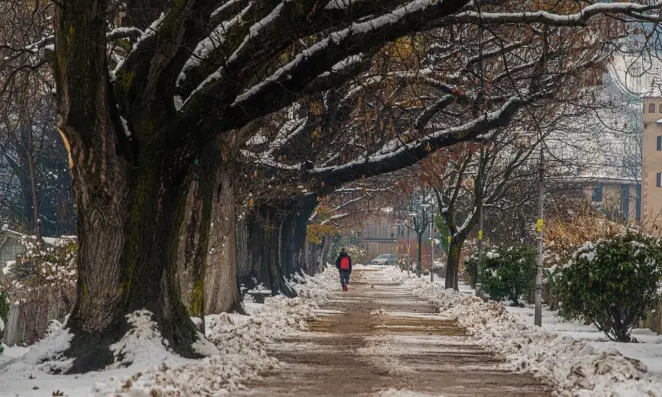Traveling Safely in Winter
Are you planning to travel this winter?
Every few years, severe winter weather like heavy snowfall causes widespread disruption, often with little warning.
For this reason, it is extremely important to know how to prepare for any journeys taken at this time of the year.
Driving
Preparing for the Journey
Driving in snow and ice can be dangerous, so before setting off, take a moment to consider whether the journey is truly necessary. If it can be postponed until conditions improve, it’s always best to do so.
If the trip cannot be avoided, there are several precautions you should take.
Start by checking your planned route against the latest weather forecasts and traffic updates - both can change quickly, so don’t rely on information from a few days earlier. You can find out which roads your local council will grit and adjust your commute accordingly when harsh weather sets in.

Make sure your vehicle is ready for the difficult conditions too. Start by checking fuel, oil, coolant, and screenwash levels, as well as tyre pressure, to ensure everything is in good working order before you head out.
Unfortunately, when there is snow and ice on the road, it is inevitable that there will be more traffic accidents. Depending on the severity of the weather, it is possible that you can become stuck in your car for several hours. Having a winter pack left in the boot of your car can make any unexpected delays much more comfortable and even save a life!

What Your winter pack should include:
- A bottle of water.
- A bar of chocolate or a cereal bar.
- Blanket.
- Warm hat and gloves.
- Ice scraper.
- Phone charger (compatible with your car).
- Reflective jacket.
- Torch and batteries.
How to Drive in Snow and Ice
Staying in a higher gear can help you maintain control in cars with manual transmissions. Once you start moving, shift into second gear as soon as possible and release the clutch slowly. Regardless of your transmission, when snow and ice are on the road, reducing your speed and keeping a safe distance are essential. Experts recommend compensating for 10 times the normal stopping distance when snow is on the ground to ensure you have enough time to safely stop the car.
Black ice is a hidden danger that can lurk on the roads. It’s incredibly difficult to spot, often looking like a normal puddle. If your car begins to slide on black ice, it is often too late, especially when navigating a bend.

This is why all cars sold in Europe since 2004 are required to have an anti-lock braking system (ABS). ABS helps maintain control by preventing the wheels from locking. Locked wheels increase stopping distances and make cornering impossible, as the car will simply continue straight.
As a result, if you try to stop quickly on ice, you will feel your car's brake pedal vibrating. This is a sign of ABS activating, keep pressure applied. Do not pump the pedal as this will lengthen your stopping distance.
While ABS is highly effective in wet conditions, it can sometimes increase stopping distances in snow. In older cars without ABS, snow could build up under locked front wheels, helping to slow the car. ABS prevents this, which is why stopping distances can be longer in snowy conditions.
As always, prevention is better than cure. Adjust your speed to the conditions, especially before corners, and increase your distance from the vehicle in front. Take your time and don't worry if you are late. Better late than never is very much the mantra for winter driving.

Walking and Cycling
If you are cycling during harsh weather conditions, you will need to consider the reduced visibility and ensure that you can be seen on the roads. For this reason, make sure you have reflective clothing and working lights on your bike.
In the winter, the sun sits much lower in the sky. Keep a pair of sunglasses with you as they can be extremely helpful when navigating busy roads.
If you are walking in snow, ensure that you are wrapped up warm and wearing sturdy boots. Many walkways and paths may be covered with ice or may not have been gritted recently, so make sure you plan your route, and leave a bit earlier than you would normally if commuting.
Preparing your Home
Harsh winters can cause damage to your home; here are some tips you can take to get your home ready for winter:
- Get your boiler serviced each year. Doing so will extend the life of your boiler and reduces the chance of it breaking down in the winter when you need it the most.
- Insulate your water pipes by simply applying some foam insulation. This is extremely easy to do and will help prevent your water pipes from freezing over.
- Add insulation to your home to keep it warmer for longer by stopping heat escaping. It can even help reduce your heating bills too!
- Use high-quality de-icing salt on your driveway and other outdoor areas to keep them safe and accessible during icy conditions.

Don’t wait for the first snowfall to catch you off guard. Start preparing now - pack your winter bag, check your car, and keep your home safe and accessible by browsing our selection of white salt and rock salt products today!


